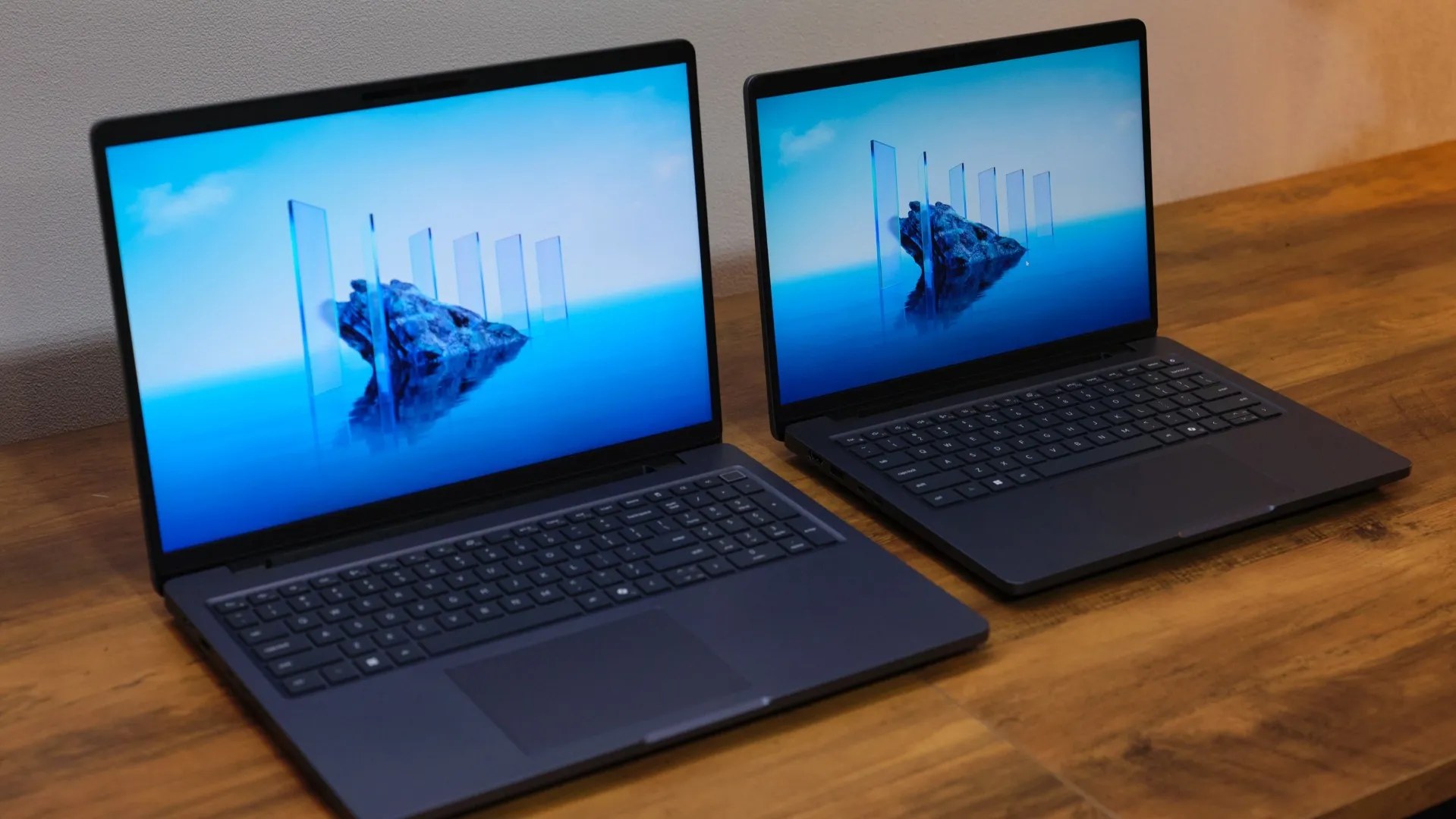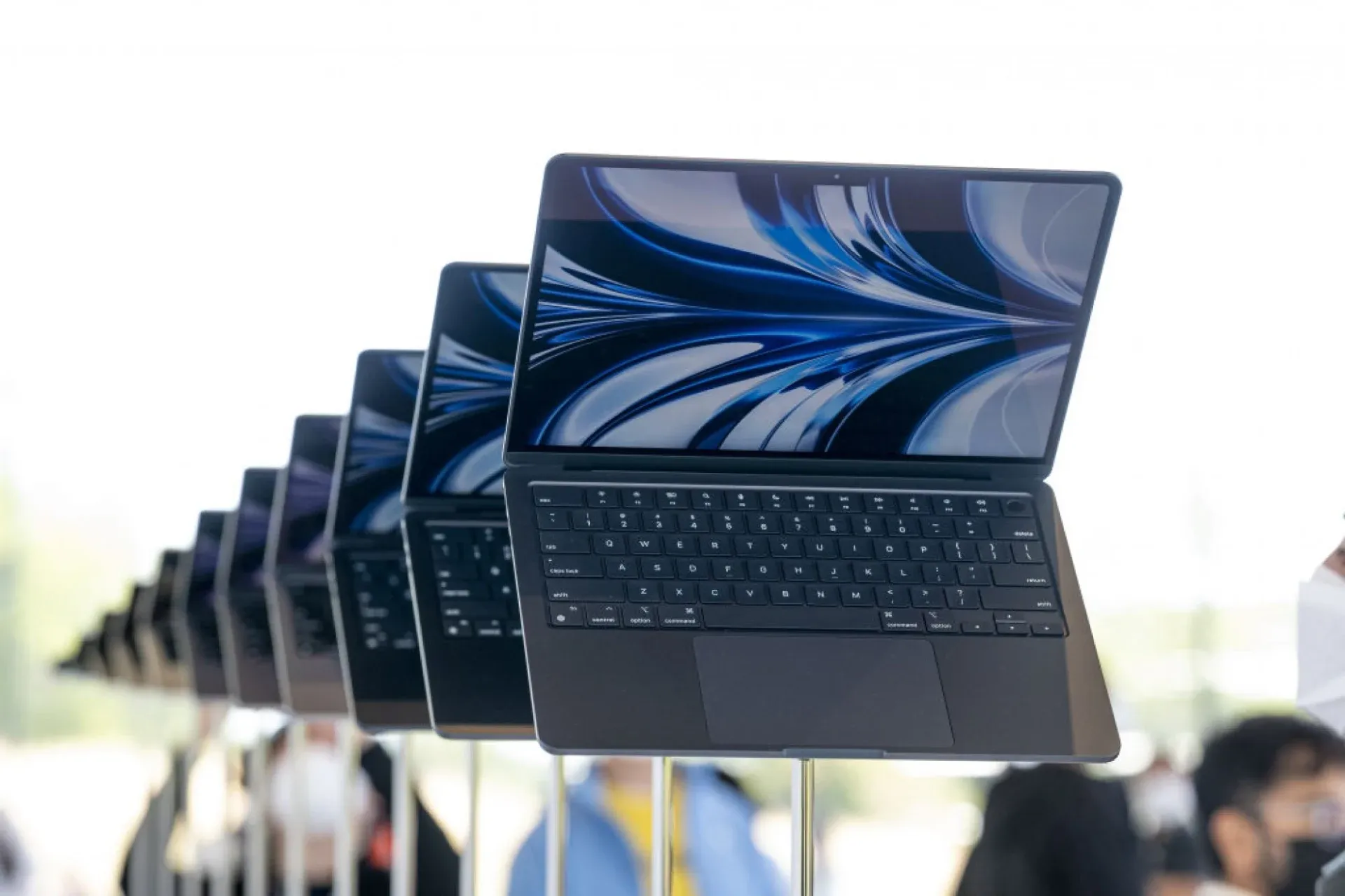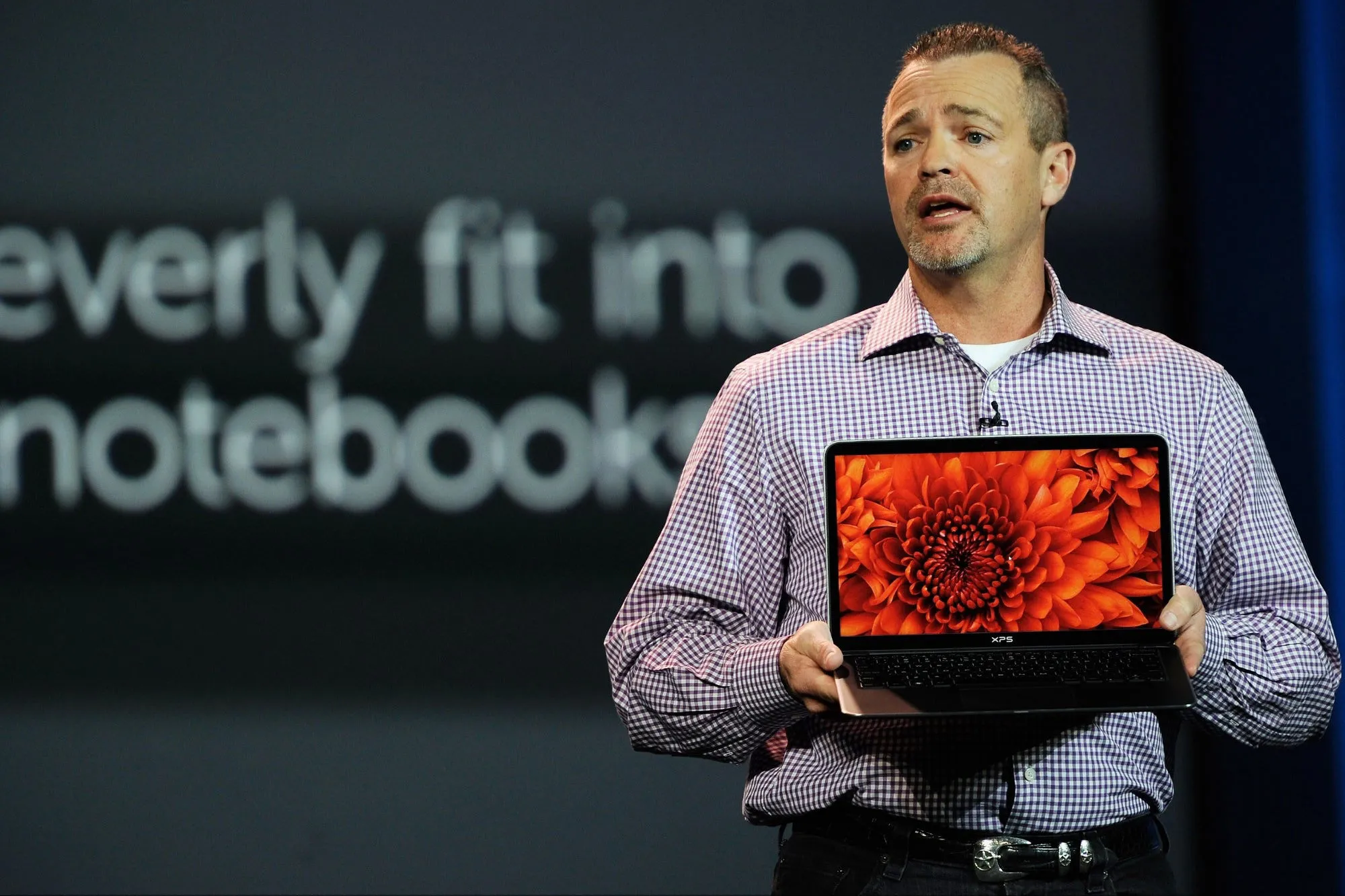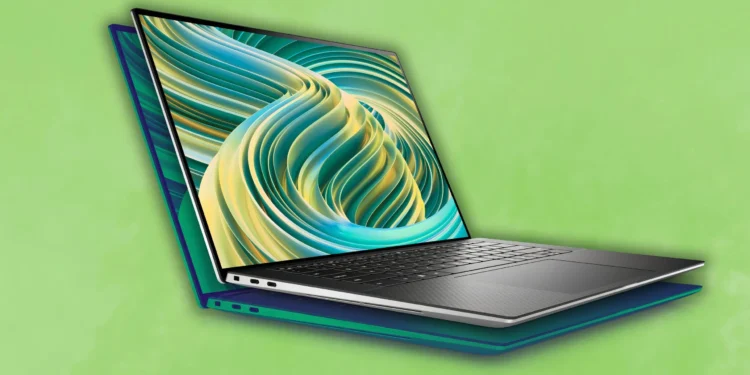In a curious twist at its recent press launch, Dell found itself the center of mild ridicule for adopting a naming scheme eerily reminiscent of Apple’s iconic iPhone series. This bold move, intended to simplify the product lineup, appears to have done just the opposite, leaving consumers and critics alike puzzled and amused.
Dell’s decision to streamline its PC offerings into three main categories—Dell, Dell Pro, and Dell Pro Max—mirrors Apple’s tiered iPhone system. This change marks a significant shift from Dell’s traditional approach, where distinct models like XPS and Inspiron made their mark independently. However, according to Bloomberg, this simplification strategy might have backfired, with the new names bringing more confusion than clarity.
During a briefing with reporters, Dell’s Chief Operating Officer, Jeff Clarke, defended the change. “Customers really prefer names that are easy to remember and easy to pronounce,” Clarke stated, acknowledging past complexities in Dell’s product names. However, the practical application of these new names at the product launch did not reflect this intention smoothly.

Audience Skepticism and the Apple Comparison
The resemblance to Apple’s naming conventions did not go unnoticed at the launch event. Audience members questioned the originality of Dell’s approach, with pointed comments about the overt similarities. “I am wondering why you guys didn’t choose something original, because you essentially have Apple’s branding here,” one attendee remarked, highlighting a sentiment echoed by others who felt Dell was merely following in Apple’s footsteps.
This feedback underscores a challenging aspect for Dell: striking a balance between simplicity and uniqueness. The company’s attempt to adopt an intuitive naming system seems to have leaned too heavily towards emulation rather than innovation.

The Complexity Within ‘Simplicity’
Adding to the complexity, Dell introduced additional sub-tiers within each main category, labeled as Base, Plus, and Premium. This subdivision raises questions about the effectiveness of the new strategy. For instance, how does a consumer compare a Pro Plus to a Pro Max Base, or a Pro Premium to a Pro Max Plus? Such distinctions might serve only to complicate the buying process rather than simplifying it.
Engadget also noted the perplexing addition of size descriptors for desktop PCs, with names like Dell Pro Max Micro and Dell Pro Max Mini contributing to the convoluted new scheme. The attempt to maintain an organized nomenclature thus seems to spiral into a farcical territory, reminiscent of Apple’s own struggles with product names in the 1990s before Steve Jobs streamlined the lineup upon his return.

Dell’s latest rebranding effort, despite its intention to facilitate easier customer decisions, may need a reevaluation. The irony of simplifying a product line in such a complex manner highlights the delicate art of product naming. It’s not just about the ease of remembering or pronouncing a name, but also about how those names help consumers quickly understand and differentiate between product offerings without causing confusion or amusement.
As Dell moves forward, it might have to consider whether sticking too closely to a competitor’s playbook is the best strategy, especially when the execution leads to comparisons that may diminish its brand’s perceived originality and innovation. The lesson here is clear: simplicity in branding must be both intuitive and distinctive, not merely a shadow of another’s success.










